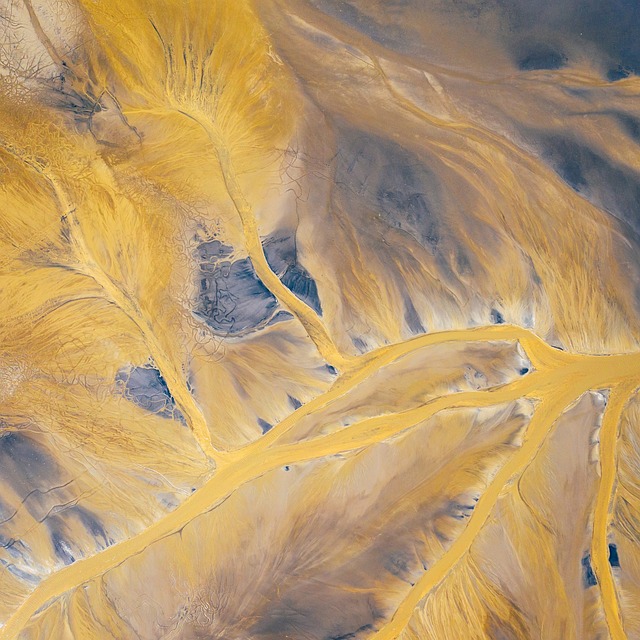The Harsh Realities of Desertification: Exploring the Environment and Climate Change
As we trudge through the parched landscapes of our planet, many of us are witnessing the startling effects of ecological disaster right before our eyes. Desertification is more than just a buzzword; it is a pressing issue that poses a substantial threat to our environment and climate. It reminds us that nature is not an endless resource, but a fragile system that has been tossed into chaos by human actions.
Desertification occurs when fertile land becomes increasingly arid, often as a result of climate change, deforestation, and unsustainable agricultural practices. This process not only affects the earth’s ability to produce food but also leads to the loss of biodiversity, which is critical for maintaining the delicate balance of ecosystems. With every inch of land that succumbs to this phenomenon, we lose more than just crops; we lose habitats, wildlife, and, ultimately, the foundation of life itself.
The Environment: A Crumbling Canvas
Imagine walking through a once-vibrant forest now reduced to barren soil; the loss is palpable. The lush green canopies that used to provide shade and sustain life have been replaced by cracked earth where nothing thrives. This is the stark reality of desertification. It transforms not just the physical landscape, but the very essence of ecosystems. The intricate connections between plants, animals, and microorganisms are severed, leading to a cascade of extinction and ecological imbalance.
Moreover, the looming shadow of climate change exacerbates these conditions. Increasing temperatures, erratic rainfall, and extreme weather events further push vulnerable areas towards desertification. It is a vicious cycle; as land becomes uninhabitable, communities are displaced, leading to conflicts over natural resources, and ultimately, a cycle of migration and poverty. The future we face is one where our environment can no longer support the livelihoods of millions, sparking unrest in areas where stability once thrived.
Climate Change: The Accelerator of Ecological Disaster
Climate change acts as an accelerator, intensifying the impacts of desertification across the globe. As we emit greenhouse gases, the climate warms, resulting in altered precipitation patterns that can spell disaster for already struggling areas. Some regions experience severe droughts, while others might face unexpected floods, both of which can lead to soil degradation and further desertification.
This transformation is not confined to the distant deserts of Africa or the arid regions of Australia; it has implications that reach into the heart of urban centers. The food shortages caused by lost agricultural land ripple through economies, impacting food prices and availability. As we consume resources unsustainably, we are not just jeopardizing the present; we are shaping a future where the earth’s ability to nurture its inhabitants is severely compromised.
The journey towards understanding and mitigating desertification requires a collective effort. We must become mindful consumers, supporting sustainable practices, and advocate for policies that foster ecological restoration. Protecting our forests, practicing regenerative agriculture, and promoting water conservation strategies are vital steps in combating desertification and its associated ecological disaster.
The planet is a tapestry of life, interwoven with the delicate fibers of ecosystems. Each thread we lose to desertification destabilizes the entire fabric, and it is our responsibility to ensure that we do not let our environment fade into a barren wasteland. We must act now to secure a healthier, more sustainable future for ourselves and generations to come.


